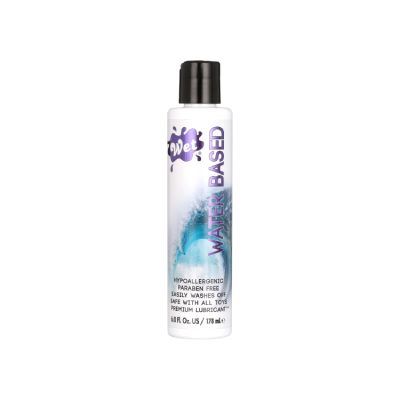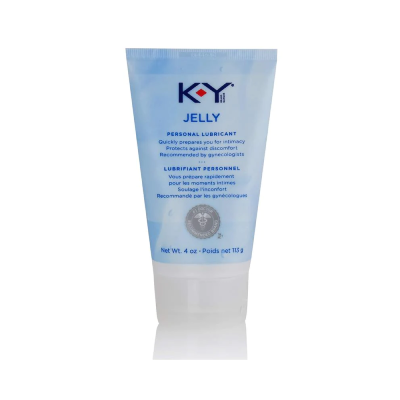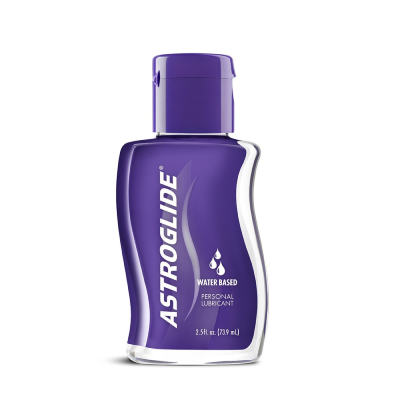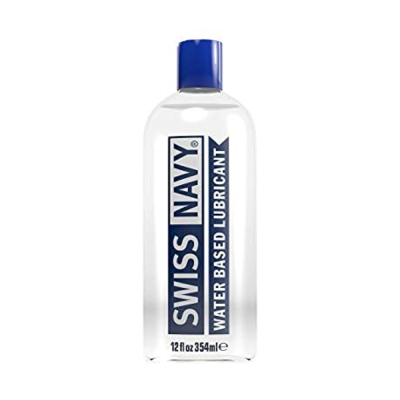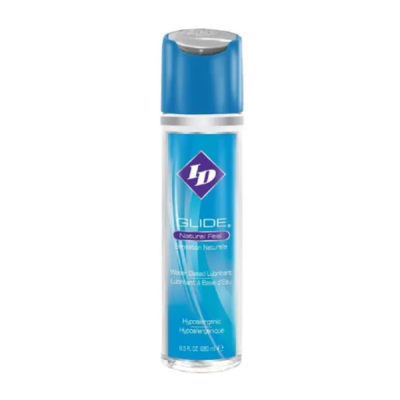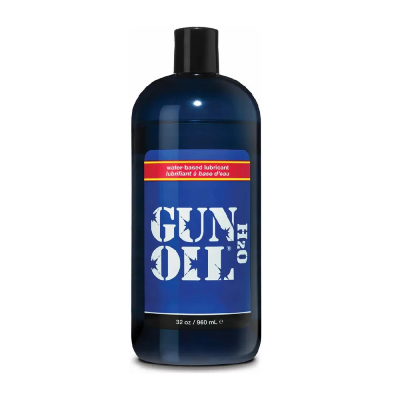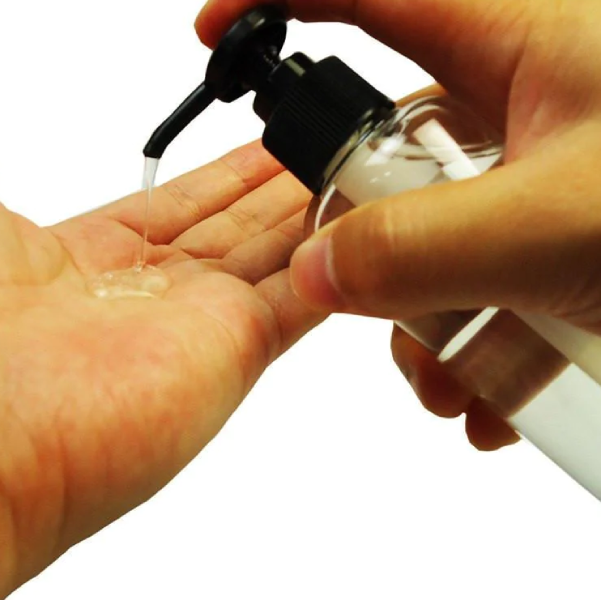Composition and Properties
Glycerine, glycerin, and glycerol are all synonymous terms for a sugar alcohol that displays high lubricity. Glycerine, mixed with water and several other ingredients, creates a very short-lived lubricious lubricant. Commercially, these lubes are referred to as water-based lubricants.*
Glycerine is very hydrophilic, meaning interacts well with water. First, it has very high osmolality, which pulls water out of the mucosal tissues of the fist chute. This speeds up the need for reapplication to prevent drag within the hole.
Second, glycerin penetrates skin cells on the hand and arm, which draws moisture from the lubricant into the skin. This loss of moisture creates drag outside the chute around the orifice and rings. It increases the need to apply more lube to eliminate the sensation of insufficient lube application.
Finally, the alcohol component of the glycerine molecule increases the rate of evaporation. Reapplication of more lube or rehydration through misting bottles restores water and returns lost lubricity.
These three characteristics of glycerine lube result in a dry, sticky lube that increases mucosal damage within the fist chute. In general, glycerine-based lubes are not ideal for fisting.
QUICK REFERENCE
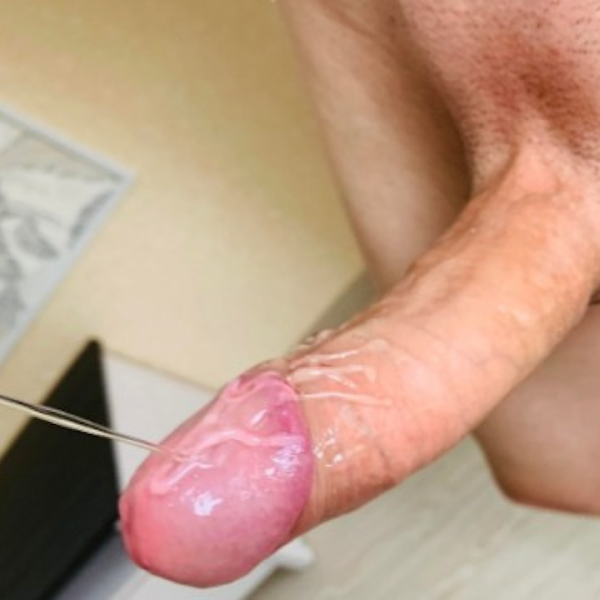
Figure 1.2: Rubbed Raw with Insufficient Lube
Glycerine-based lubes dry out quickly due to osmolality, absorption, and evaporation. Constant reapplication is necessary. While a 23 cm (9 in) cock can be coated adequately with glycerine-based lubes the hand and hole cannot.
* Note: Water-based is an umbrella term that includes glycerine-based lubes, polysaccharide-based lubes, and PEO-based lubes.


/u_lubrication_(unambiguated)_lubrication_data_sheets.png)
